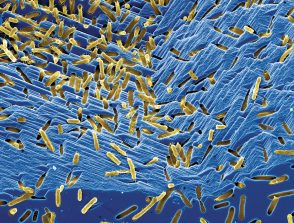What were the Earth’s building blocks?
15/05/2025
IPGP - Îlot Cuvier
14:00
Séminaires thème Origines
Amphithéâtre
Yves Marrocchi
CRPG, CNRS, Université de Lorraine
Zoom link below but please attend the seminar in the amphitheater if possible.
The nature and origin of the Earth’s building blocks remain intensely debated. While enstatite chondrites (ECs)
were formed from a reservoir with an isotopic composition of major elements similar to that of the Earth, they
nevertheless exhibit significant chemical differences. Specifically, the Earth is enriched in refractory elements
and depleted in moderately volatile elements compared to ECs. By reevaluating the budget of rare earth elements
in enstatite chondrites, we show that EC chondrule precursors correspond to early condensates formed in the
inner protoplanetary disk. Taking condensation models into account, we propose that these condensates consist
primarily of olivine, which was subsequently transformed into enstatite due to gas-melt interactions during
chondrule formation. We show that the accretion of the Earth from olivine-rich EC chondrules, which underwent
shorter gas-melt interactions compared to those present in ECs, satisfactorily reproduces its chemical ratios (i.e.,
Mg/Si, Al/Si, Na/Si, Ti/Si, Ca/Si) and oxygen isotopic composition. This difference in the duration of gas-melt
interactions in the protoplanetary disk had thus major consequences on the chemical composition of the planetesimals
accreted by planetary embryos. Our approach thus addresses the chemical divergence between Earth
and ECs without altering their isotopic compositions, while also supporting planet formation models involving
large embryos formed in the inner protoplanetary disk.
https://cnrs.zoom.us/j/92760686034?pwd=EW53idwDCSXudjElwYVAFE79UbsntA.1
ID de réunion: 927 6068 6034
Code secret: H8SXRY





